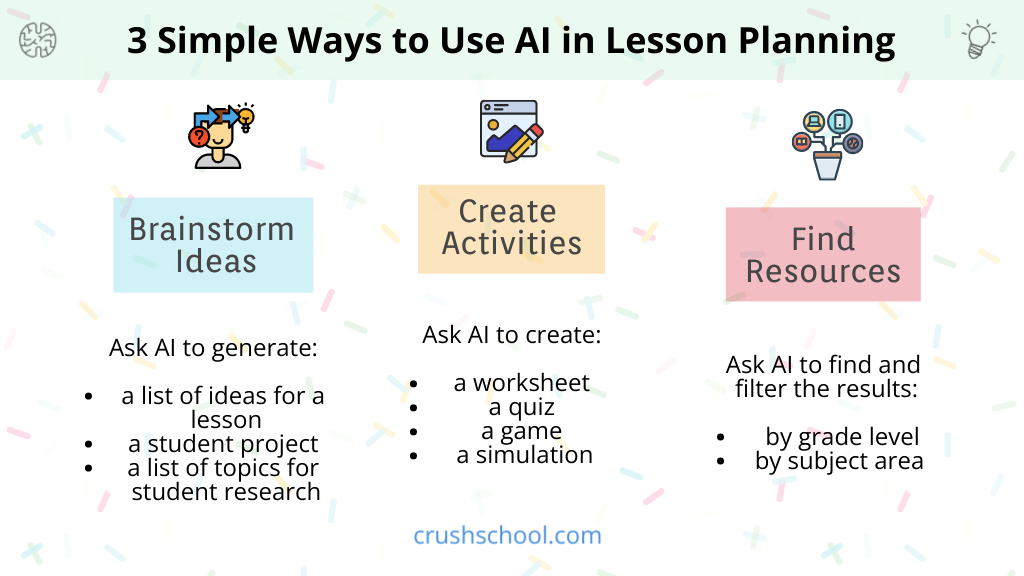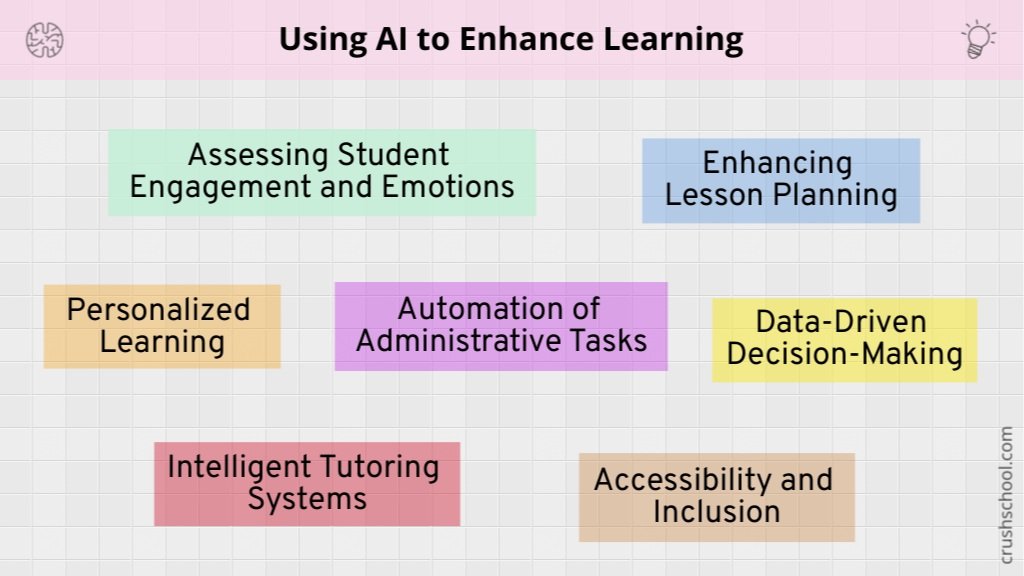AI for Teachers: Step into the Past; Converse with Marie Curie, then Malcolm X
Or Napoleon Bonaparte if you wish. Dude just told me he was often too busy with military campaigns and dreams of domination to eat fancy meals, so chicken with potatoes was his go to.
Boring, I know.
Still, it is not every day you get to chat it up with the French emperor who lived some two hundred years ago.
Okay, okay - I admit - I am full of it. The dream of conversing with historical figures may remain confined to the realm of fiction or witchcraft, but the wonders of technology have brought us a step closer to this trippy idea. Thanks to Artificial Intelligence, we get to pick Marie Curie’s radioactive brain and Malcolm X’s explosive mind. Thanks to AI, we can now simulate conversations with historical figures and engage in dialogues that transcend time.
Let’s explore how to create such captivating experiences for our students using ChatGPT.
Choose Your Historical Figure
Deciding which historical figure you'd like your students to converse with depends on your subject matter, the era you are studying, and what you want your students to get out of such activity. Do you want them to get a feel for what life was like back then or look at the achievements of a certain individual? Do you want your students to learn some facts from a ground-breaking scientist or understand the motivations an important politician had for taking the path they took to push progress? The Internet database is the limit.
Gather Data or Just Get into it
To make your AI conversation as authentic as possible, you might ask your students to gather historical data about the chosen figure. This may include looking at their writings, speeches, biographies, and other relevant materials. Going at it this way, allows you to help your pupils to act as media reporters and build background knowledge on the individual they are about to simulate an interaction with to ask more thoughtful questions.
But don’t worry. AI is not easily offended and does not judge. Yet. This means you can opt to let your students just dive straight in and ask any smart or dumbass question they can conjure up.
Scaffold the Questions
To spark a meaningful dialogue with the AI DaVincis, Curies, and Crazy Horses, ignore that last sentence and give your students guidelines specifying what it is they need to learn from their famous interviewees. Specify what you want them to learn or what insights you hope they gain from these conversations. This way, they can focus on asking relevant questions and not get too involved in the love lives of AIs. Hint: They got none, ‘cause no game means no play.
Engage in the Conversation
Tell your students to “send a message” in chatGPT that says something like: Pretend to be Malcolm X and I will ask you interview questions and the AI will happily (-ish) oblige. And in case you’re wondering - yes, chatGPT will act in line with the character and expertise of the individual it’s faking basing it all off of the information available online up to year 2021.
Allow Students to Explore and Learn
As the conversation unfolds, students will have the opportunity to explore the historical figure's thoughts and perspectives. They can delve into their achievements, personal experiences, and the challenges they faced in their time.
Reflect and Share
After the simulated conversations, ask students to reflect on what they've discovered and learned. Have them share their experiences with other students. The AI-generated conversations can serve as educational tools, sparking interest in science, history, and other subjects, as well as the lives of remarkable individuals.
Ethical Considerations
Be clear in communicating to your students that they are using AI to generate the conversations and acknowledge the limitations of AI when it comes to capturing the complexity of the human mind.
So What?
AI can unlock the virtual doors to the minds of historical figures, helping students gain insights and knowledge that bridge the gap between centuries. As technology advances, the opportunity to converse with the past becomes increasingly accessible, opening new horizons for exploration and education. And, it’s kind of fun. Try it and you’ll see. Then, let your students try.
If you found this post helpful, sign up for my Teaching Tips, Resources, & Ideas Newsletter to get the next article when it drops. It’s totally free.
BOOKS & TOOLS
- September 2025 2
- August 2025 5
- July 2025 4
- June 2025 2
- August 2024 2
- July 2024 2
- June 2024 1
- October 2023 1
- September 2023 3
- August 2023 6
- July 2023 6
- July 2022 2
- June 2022 1
- November 2020 3
- October 2020 3
- April 2020 1
- March 2020 5
- July 2019 1
- June 2019 1
- April 2019 1
- January 2019 1
- November 2018 3
- October 2018 2
- September 2018 1
- August 2018 8
- July 2018 11
- June 2018 4
- May 2018 5
- April 2018 2
- March 2018 4
- February 2018 5
- January 2018 3
- December 2017 1
- November 2017 5
- October 2017 7
- September 2017 6
- August 2017 5
- July 2017 3
- June 2017 10
- May 2017 7
- April 2017 7
- March 2017 15
- February 2017 12
- January 2017 13
- December 2016 15
- November 2016 8
- October 2016 7
- September 2016 12
- August 2016 14
- July 2016 10
- June 2016 13
- May 2016 10
- April 2016 8
- March 2016 5
- February 2016 7
- January 2016 6
- December 2015 5
- November 2015 8
- October 2015 2















